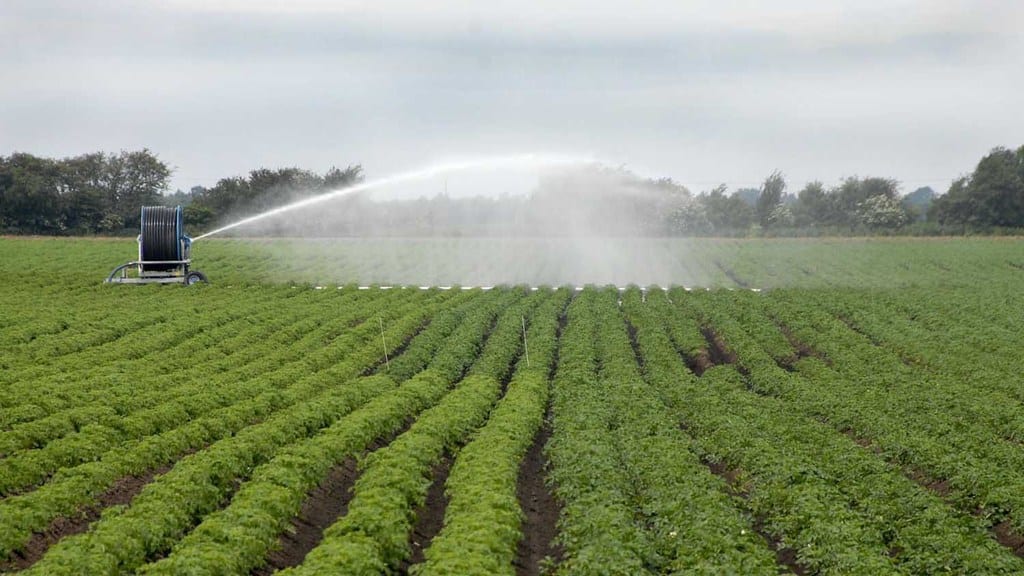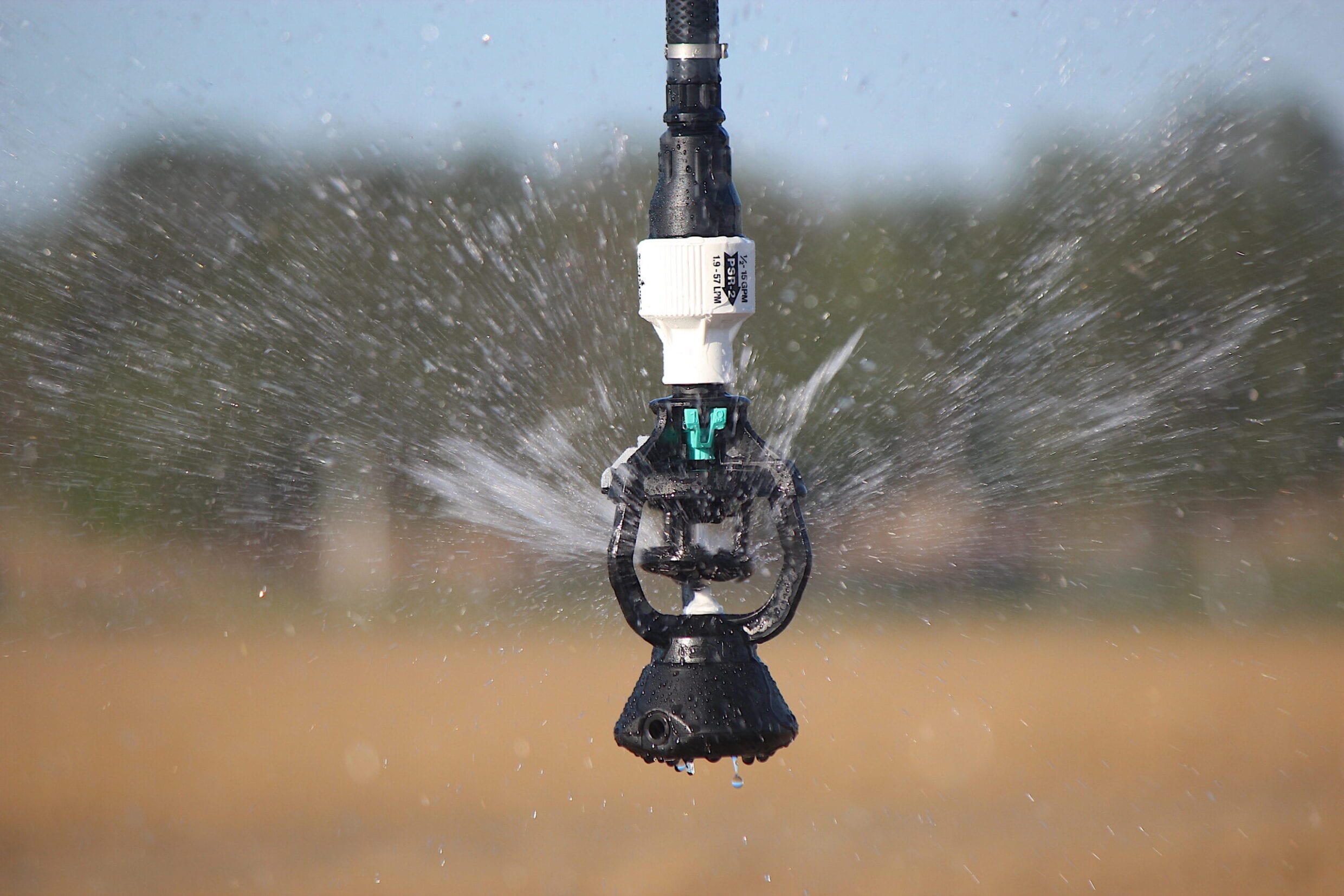With the exception of potatoes or soya, the cost of an irrigation system, including technology and pipes, is far from worthwhile in every common arable culture. Tests from several years have shown this.
Irrigation machines with heavy sprinklers are widespread in large-scale vegetable growing, for industrial vegetables and in arable farming, especially with potatoes or edible soy . Heavy rain is our most frequently used irrigation system to date.

But in which arable crops and from when and where and under what conditions is the additional water worthwhile? Each farm manager has to decide this question individually for his cultivation and marketing. Several years of tests from Baden-Württemberg, for example, provide figures on the irrigation worthiness of important threshed fruits.
1. The economy
Southern German experiments on irrigation show that irrigation on the field with common threshed crops is usually comparatively unprofitable, because the bottom line is that it costs a lot of money. Based on test results from Baden-Württemberg, it is currently only recommended to invest in expensive technology to a very limited extent, if this is to be used exclusively for arable farming without potatoes, seed corn or special crops being grown.
With additional utilization of the existing technology, however, irrigation with mobile devices is particularly profitable for soy, grain maize and malting barley. The table on profitability gives solid figures for important arable crops that are worth watering.
The reading example
Peas achieved an average of 22 dt / ha additional yield with 140 mm of irrigation water over the years. This exceeded the marginal additional yield of 18 dt / ha, which is necessary to cover the variable costs, but not that of 34 dt / ha to recoup the variable plus the fixed costs.
Thus, the additional income generated exceeded the variable costs (+ 65 euros / ha), but was not enough to cover the variable plus fixed costs (- 241 euros / ha).
2. The calculation
The table is based on tests that were carried out between 2010 and 2015 at the Forchheim experimental farm of the Agricultural Technology Center (LTZ) Augustenberg , 117 m above sea level and an annual temperature of 10.1 ° C. In threshed fruits they were determined with two varieties each.
3. The location
On average there is 742 mm of annual precipitation there. The loamy to loamy sand has 24 to 32 soil points with 13 percent usable field capacity (nFk). 40 to 45 percent nFk were irrigated. The yields from un-irrigated plots are compared with those from optimally irrigated plots.
4. The irrigation system
The calculations were based on a 20 m shallow well with a diesel engine-operated suction pump with 35 kW at 12 bar and 50 m3 / h and 10 ha per well. The mobile sprinkler with 400 m has individual sprinklers with 54 m width with an average of 100 mm and 48 m3 / h for an irrigated area of 25 ha per year.
5. The worth of watering
It was calculated for each year based on the yields and water quantities determined in this way for the arable crops. They are worth sprinkling if the additional income at least covers the additional costs of irrigation.
With material from LTZ Augustenberg, Andreas Butz, Martine Schraml

